Arowana Facts: Introduction:
- Arowanas are freshwater fishes.
- Bones of arowanas are peculiar in comparison of other fresh water fishes that are common in aquarium trade.
- Arowanas are classified in the ‘Osteoglossidae’ family of fishes.
- ‘Osteoglossidae’ are commonly known as ‘Bony Tongues’.
- Mainly they are divided into three regions, Asian arowana, African arowana and South American or Amazonian arowana.
- Additional to above there is one more strain native to Australian.
Arowana Facts : History
- Arowana are classified into ‘Osteoglossiformes’ order.
- Their suborders is ‘Osteoglossidei’.
- Of this suborder they are classified under the ‘Osteoglssidoe’ family.
- The ancestors of arowana appeared thousands of year ago during the Ostaceous period.
- They were basal teleports.
- Teleports are the ray finned fishes in which an arrangement of bones extend to the extremities of fins.
- They evolved into several strains.
- Though several are extinct now, many of which we came to know about through possible.
- One section known as Arapaimidae which include large bony tongue fishes native to the great Amazon River of South America.
- These fishes from Amazon are known as Arapaima.
- This Arapaimidae family also includes African Arowanas.
- Though they have similar features, Arapaimidae and Osteoglossidae are considered two separate genera by many experts.
- Theory suggests that Australian arowana and Asian arowana splits occurred towards the end of the Jurassic period.
- This split occurred because of the movement of Indian plate towards the Asian plate.
- This led to the development of two known strains of Australian Arowanas and several others strains of Asian Arowanas.
Also Check: English Grey Hound as Family Pets and Exercise || Chart Polski grooming : A Helpful Guide
Arowana Facts: Appearance
- All Arowanas are elongated fishes.
- Their bodies evolved to leap high into air with just a flick of that strong tall end.
- This specialization have evolved because of their environment and feeding requirement.
- Evolution may be the reason but this gave us one of the most sought after and prized fishes of the aquarium trade.
- Bodies of all members of Osteoglossidae family are similar.
- Pectoral fins are long and short in some species whereas in some they are short and of rectangular shape, with covering 20% of the body length.
- Apparently, every sub-species of Osteoglossiae
- Have large semi-circular scales.
- Every sub-species like silver arowana, Australian Jardine arowana, Indonesian green characteristics common to them.
- Slight difference in shape, size, color and number of scales are used to indentily different sub-species.
- There are slight differences in between some sub-species and in few there are drastic changes because of evolution.
- When we will elaborate every common sub-species of osteoglaossidae then we will explain these features in detail.
- Allarowana types have been sight and large eyes.
- This vision have evolved as an evolution to assist them hunt in dark places and to leap during might to catch insects or small birds in their natural habitat.
- This is the reason why so many aquarium arowanas were lost because they tend leap too much.
Arowana Facts: Housing the Beasts
- The heading in itself is self-explanatory of the upcoming discussion.
- Almost all arowanas and arapaima’s are behemoth monsters. That is so very true when we consider other fishes that are common in aquarium trade.
- Almost all exotic varieties like red tail golden arowana, red arowana, and green arowana can grow beyond 36 inches in length.
- To rouse them large tanks are needed.
- Also they can live beyond 20 years if optimum conditions and proper care is provided.
- It is necessary to keep this in mind before getting this fish.
- Ultimately, you will have to keep this fish in a very large tank. Preferably a 25 feet tank with at least 4 feet width.
- But mostly this size of tanks of tank is impractical and commitment of owner is farfetched.
- Still a 6 feet long, 3 feet wide and 3 feet high tank is practical till the fish grows to 2.5 feet to 3 feet in length.
- I believe that by the time your arowana will be hitting 3 feet length it would be already 8-10 years old.
- By this time you must consider getting a 12 feet long, 6feet wide and at least 3 feet deep pond or even in wall tank.
- There will still be 15-20 years remaining of its life and it will grow a bit more, provided good care is given to the fish.
You May Also Like: Top 10 Police K9 Unit Dog Breeds || Tibetan Mastiff : Origin, Puppy, Size, Price in India
Arowana Facts: The Cleaning Tank
- If we compare arowana with other giant fishes like paces, giant gourami, red tail catfish, Oscar sect they are relatively cleaner.
- Personally I always prefer arowanas above other big aquarium fishes solely because of the case of keeping them, especially in terms of keeping their tank clean.
- As stated earlier arowanas should be kept in large tank, with large tanks there will be large volumes of water.
- Here we are talking about 500lts to 2000lts of volume, with such amounts of water you need a very efficient filtration system.
- A large tank as in the case of arowana needs all 3 kinds of filtrations i.e, chemical filtration, mechanical filtration, biological filtration.
- A large sump filter or large canister filter is what does the duty best.
- Both of these kinds of filters are commercially available but you can always make one of your home and can customize it to suit your requirements easily.
- There are some very important perimeters and conditions that you really need to take care regarding filtration of an arowana tank.
- Remember arowanas are fresh water fishes so they need really clean water to thrive and survive.
- But there comes a relief in the fact that arowanas don’t get their water disrty too much.
- Regular water change cycles should be done and timing can be customized.
- More or less a 25% weekly change is good but it can be extended fairly.
- If you are keeping your arowana in a large tank like a 700-1000 gallons tank coupled with good under gravel filter fed in a large canister filter or sump filter, you can even extend this weekly water change to once in a month water change.
- Not more than 50% of water should be replaced after 425% water change cycles.
- It is necessary that you must not change arowana water more than 50% at one time.
- This must be done to avoid overwhelming stress on the fish.
- Most of the time extreme water changes like 75% or over can lead to digestive disorders, tough respiratory problems may also occur.
- Outside filtration material should be cleaned in every 2-3 days.
Also Check: English Grey Hound Origins and Grooming || English Grey Hound Health Problem.
Arowana Facts: Arowana Food
- Feeding an arowana may or may not be a problem.
- This solely depends upon individual fish under consideration.
- Arowana can be choosy; but mostly this problem is related to young juviniets.
- Adult Arowana can be shifted from one food to another with relative ease.
- Some recommend diet based on their natural food selection.
- These include different types of fishes like mostly guppy small barbs and tetras, frogs, centipedes, cockroaches, of small size to small young arowanas.
- To bigger individuals, bigger feeder fishes like common varieties of gold fish and koi carp are better suited because of ease of housing in.
- All of the above mentioned food options are very good portion source.
- But there are certain precautions that you need to take before administrating live food to your arowana.
- Always remember that there is a possibility of viral or bacterial contamination in newly acquired feeds fish pr for that matter any fish you are adding fresh in your aquarium.
- If you feed a sick fish to your prized arowana there is no denying of the possibility of your arowana getting sick.
- To avoid this you need a quarantine tank.
- Quarantine tank is used to house feeder fishes that you just have bought.
- Your house you knew feeder fish for one to two weeks to avoid mixing new fish with the old ones and spreading diseases in the whole tank.
- If there creeps` any signs of diseases you can treat effected fishes separately in the quarantine tank.
- Remember, never feed fresh fish to your expensive fishes like arowana or any other fish without observing feeder fish for health for at least one or if possible two weeks.
- Still there will be some risks, but if you must take these risks then you must at least feed them healthy fish to your best knowledge.
- To responsibly feed live fish to arowana will to take a far greater commitment then it looks like, especially if you are planning to keep your arowana for its whole life.
- To avoid unnecessary hap hazard and hard work in feeding your fish then you can go for processed meek and special arowana commercial food.
- There are several supportive reasons to choose specialized commercial food to your arowana than feeder fish.
- First of all, this will save you much effort in maintaining a separate quarantine tank and to treat any diseased feeder fish.
- The risk of transferring an infection from dry food is far less than live food.
- You can always control the quantity and control of the food when you would be using commercially available foods.
- In the market there is a huge range of commercial food available from which you can chose depending upon the parameters and of cerise the retail price.
- You can precisely prefer any grade or any brand to enhance any specific parameter.
- You can focus on high protein, color enhancement, organic content, digestive enzymes and several other parameters
- Additional to this regular chicken, lamb etc can also be provided.
- Personally I recommend combining all of the above options.
- I have several arowanas some like live food, some prefer pallet or stick food while others like chicken meat cut down to stripe.
- As for the commercial packaged food I prefer to use hiker carnivore sticks because of its digestive enzymes.
Arowana Facts: Types and Breeds commonly available
- Earlier in this article I have already pointed out the bifurcation of osteoglassidaler into Asian, Amazonian, Australian and African lines. Here I would like to enlist common arowana breeds that are wide spread in aquarium trade.
- The most common and instantly recognizable most wider spread in whole aquarium trade is the silver arowana.
You May Also Like: Red Eared slider turtle ban in India || Death of a Pet

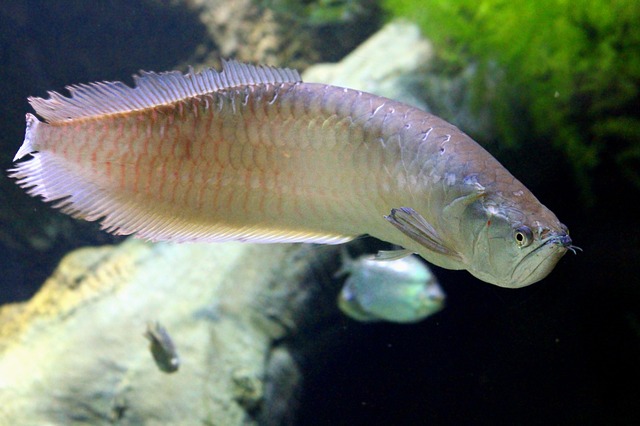
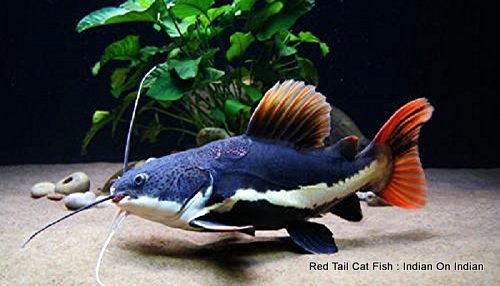
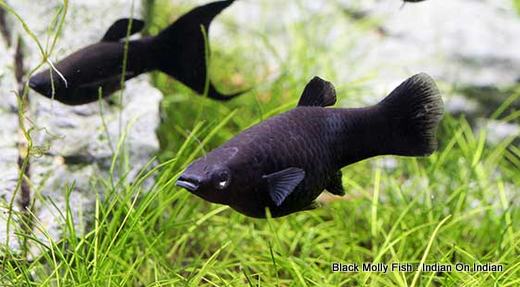
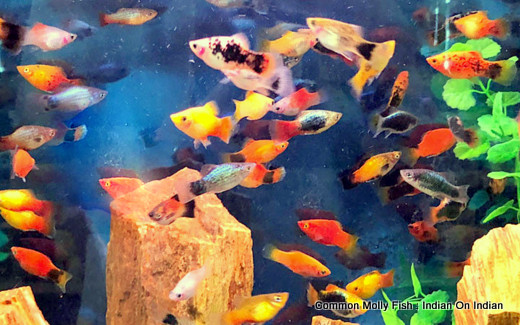
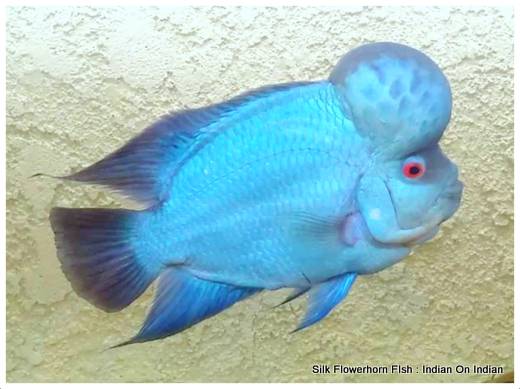
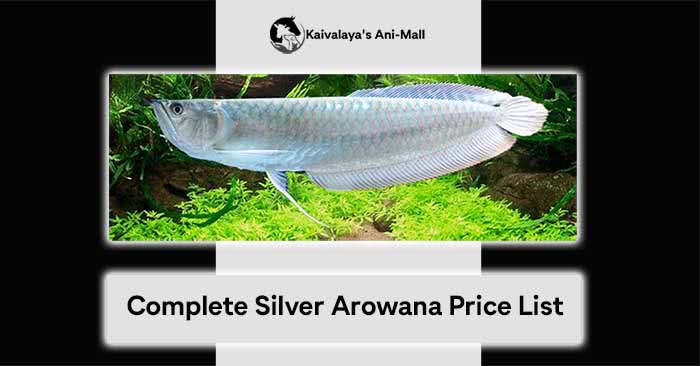
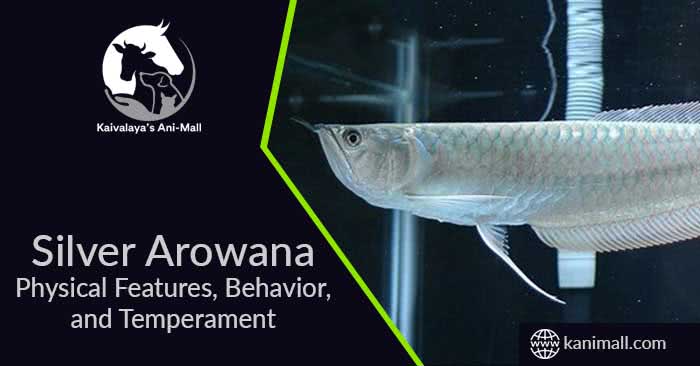
Хорошая статья